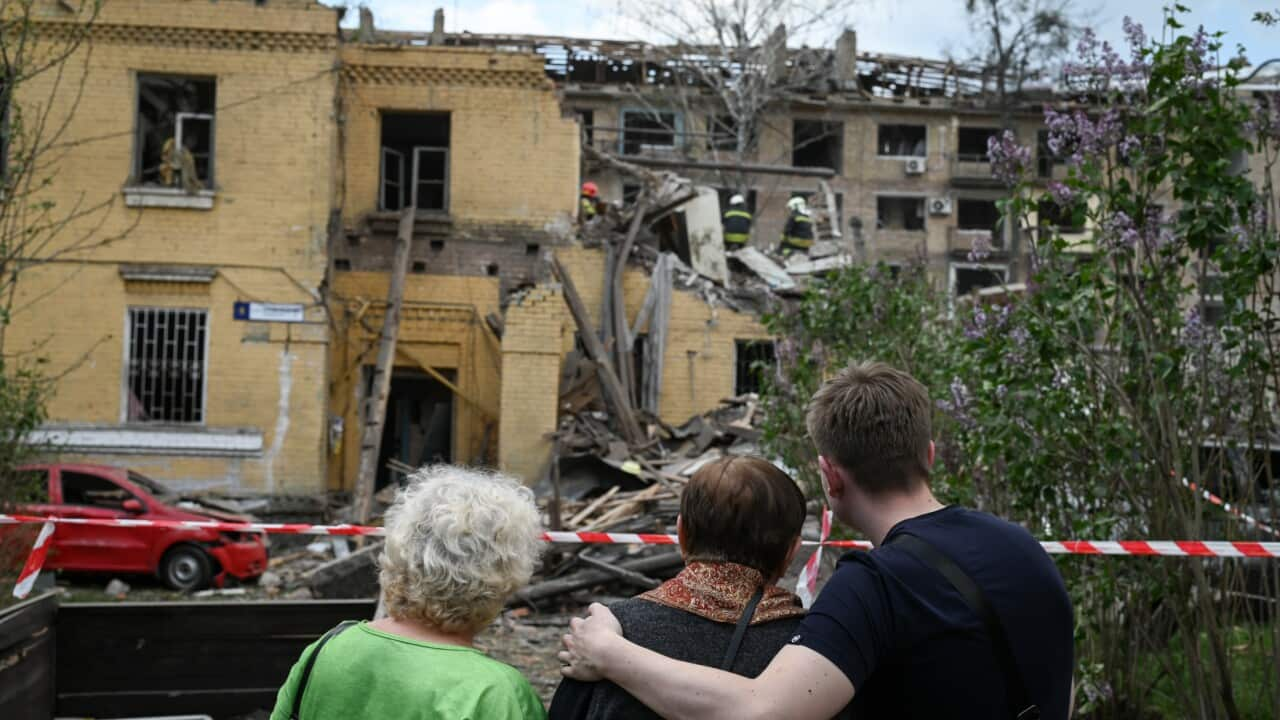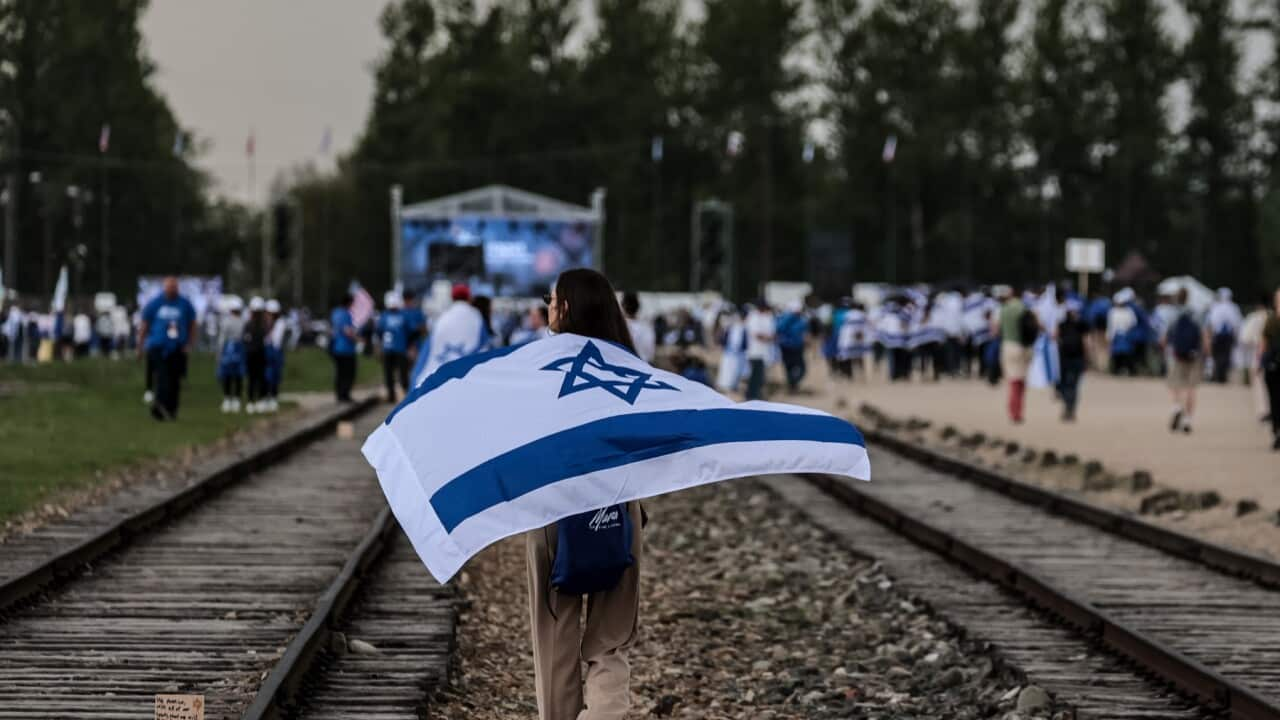TRANSCRIPT
New Zealand mountaineer Peter Hillary was trekking towards Everest Base Camp on Saturday, the April 25 in 2015, when the ground began to shake.
"We were up at 5100 metres, a few hours below Everest base camp and suddenly the whole world just starts shaking. I have never felt anything quite like it. I thought the building we were in was going to collapse. "
Peter's surname may sound familiar; his father, Sir Edmund Hilary, has a famous relationship with Everest.
Along with sherpa Tenzing Norgay, they are credited as the first in the world to reach the summit of the mountain known in Nepal as 'Sagarmatha'.
That legacy meant a young Peter spent his childhood trekking in the Himalayas.
That is how he knew the rumbles he felt from the mountain in 2015 were a preview of catastrophe.
"There was great silence and that was followed by this huge roaring sounds on the mountains all around us and of course they were avalanche. And one of them caused a massive avalanche of ice that come down just above Everest Base Camp, blasted through Base Camp, devastating effect, and the blast came down and hit us down at the little tea shop area."
A 7.8-magnitude earthquake had struck the Gorkha district, some 80 kilometres northwest of the country’s capital, Kathmandu.
Thousands of people were buried in the resulting rubble.
In the days that followed, the toll mounted; 9,000 people died and almost 22,000 were injured (21,952).
Schools, hospitals and cultural heritage sites were reduced to rubble.
Thumbman Singh Dura was one of thousands of residents who lost his home.
"There were aftershocks every day. It was not conducive to doing anything or going to work. We couldn’t do anything. Our one-storey home was surrounded by tall buildings. We were scared they would collapse and the falling debris would kill us, so we camped out in the open for a month. We re-entered our property on the 31st day."
Caritas Australia Asia Programs Manager, Chanthea Nou, says mountainous terrain provided an extra challenge to the aid agencies attempting to reach the worst-affected areas.
"Some of the places were really hard to reach, they were really remote and blocked by landslides and there weren't enough helicopters to get supplies to the people who needed them."
Specialist mountaineers from Australia were deployed to reach the region, which was virtually impossible to access.
Simon Balderstone was managing this response, as chair of the Australian Himalayan Foundation at the time.
He says food, clean water and medical care was an urgent priority, but longer-term provisions were made soon after.
"With the help of pro bono architecture and engineering firms in Australia, we designed some earthquake resistant schools and classrooms and ended up building 87 classrooms in 26 different schools in the region, using those earthquake-resistant designs which are still being used today."
SBS World News reporter Tys Occhiuzzi was volunteering in the western city of Pokhara when the quake hit.
He says the experience had a profound impact on the direction he would take in his career.
"We just set about doing like a fundraising or an aid collection drive to load up on trucks. I remember there being a couple of trucks that we loaded up to send into the villages around. It did cement my dream to be a journalist and be able to work and share stories from overseas.”
Nepali resident Bom Bahadur says while important changes were made in the months and years after the quake, complacency has risen in the decade since the disaster.
"We only remember when we read about it. After the quakes, the municipalities and village development committees embraced new policies and building codes. We could only build after the ward offices issued reference letters following inspections by their engineers at the sites and their approval. This continued for a while—for about a year, this was the norm. Then, we all seemed to have forgotten about the process."
As climate change affects the region, the Australian Himalayan Foundation's current CEO, Andrew Judge, says it is crucial the Nepali population is supported in adapting to the evolving environmental conditions.
"As much as we can, and it is in everybody's vital interest across the planet that we help those communities and build that knowledge and exchange information when we can. Because we are all in this together."













